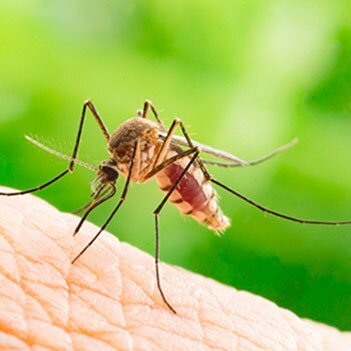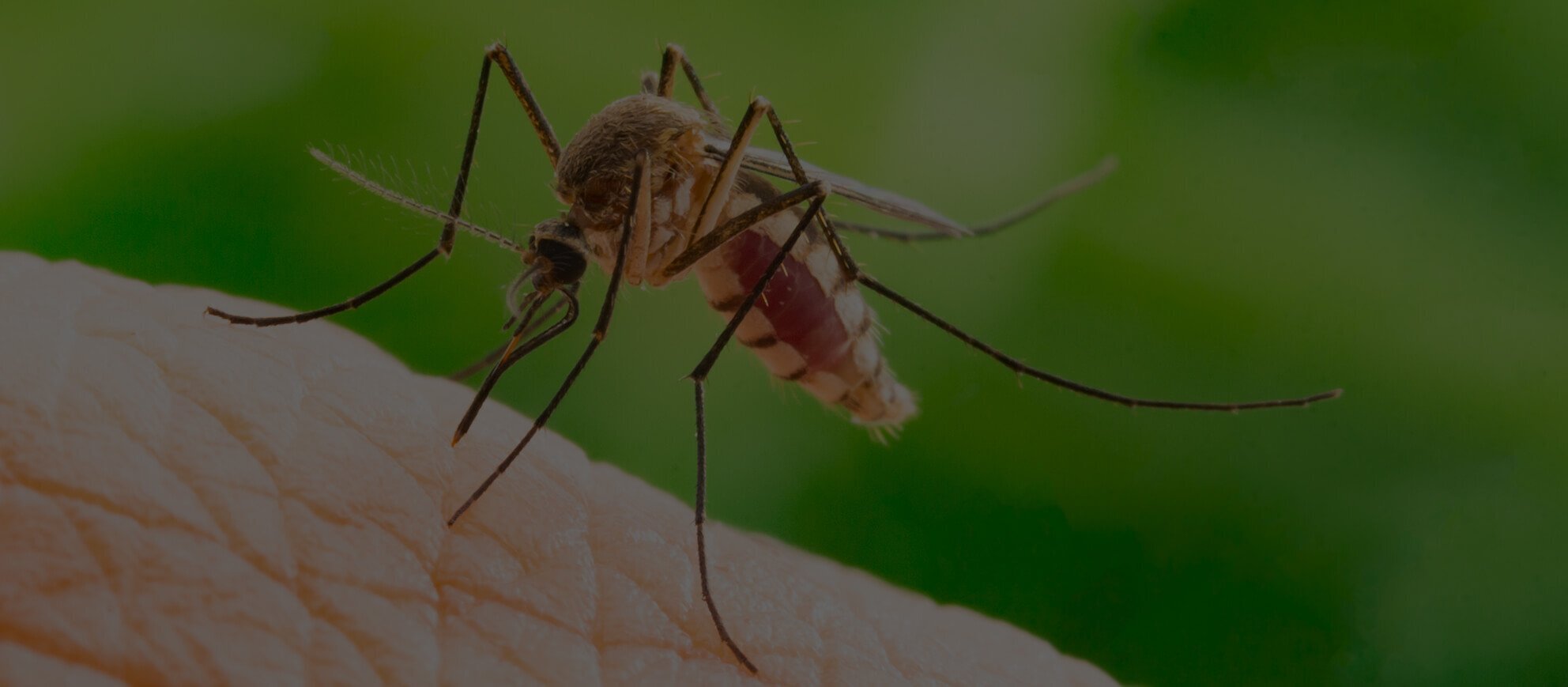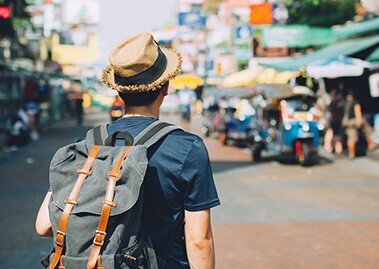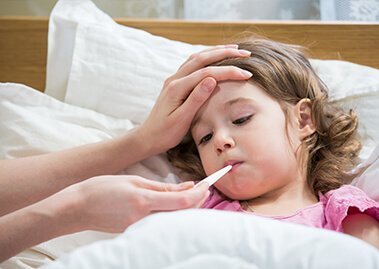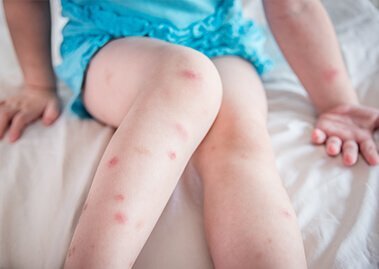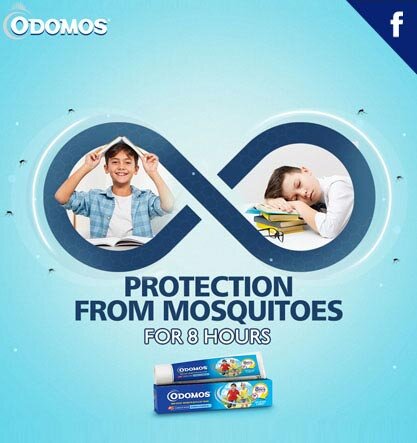WHAT IS CHIKUNGUNYA
Dabur Odomos Naturals Cream with natural Citronella and Aloe Vera protects you from deadly diseases like Dengue, Chikungunya and Malaria.Dabur Odomos Naturals Cream with natural Citronella and Aloe Vera protects you from deadly diseases like Dengue, Chikungunya and Malaria.Dabur Odomos Naturals Cream with natural Citronella and Aloe Vera protects you from deadly diseases like Dengue, Chikungunya and Malaria.Dabur Odomos Naturals Cream with natural Citronella and Aloe Vera protects you from deadly diseases like Dengue, Chikungunya and Malaria.
CURE
There is no antiviral drug or medicine specifically for Chikungunya. But since chikungunya is cured by immune system in almost all cases there is no need to worry. Treatment usually is for the symptoms and includes taking sufficient rest, taking more fluid food and medicines to relieve pain (paracetamol for example). Aspirin should be avoided. Honey and lime mix is found to have soothing effect on the disease. Avoiding specific medicines is actually recommended for quick recovery. Also very mild exercise to joints can help ease the pain. Currently there is no vaccination against Chikungunya. Research is ongoing on the development of DNA vaccination against Chikungunya. Usually the disease starts to decrease in intensity after 3 days and it may take up to 2 weeks for recovery. But in elderly the recovery is very slow and may take upto 3 months. In some cases the joint pain can last even upto a year!
Ayurveda treatment of Chikungunya Since there is no medicine for Chikungunya in allopathy, people increasingly turning to traditional indian medicines (ayurveda). Ayurveda treatment of Chikungunya uses herbal drugs. Some of the kashayams (concoctions) prescribed are Amritarishta, Maha Sudarshan Churna, panchathiktha kashayam, Sudarshan Churnam, Dhanvantaram Gutika and Amruthotharam Kashayam. Ancient ayurveda describes a similar condition called Sandhijwara which is similar to Chikungunya in its symptoms (joint pain). Hence some of the medicines can sooth joint pain. At the same time there are reports of fake medicines in which steroids are added. These can cause severe side effects in long term. Hence the best advice is to take rest and drink plenty of fluid food! (corrected version – replace ‘fluid food’ with ‘fluid’)
Homeopathic treatment of Chikungunya
According to homeopathic experts effective drugs are available to prevent as well as to speed up recovery from Chikungunya. In some of the south Indian cities (cities in South) this type of treatment is tried out. It is claimed that the medicine Eupatorium perf can prevent Chikungunya infection. Other medicines prescribed for the disease include Pyroginum, Rhus-tox, Cedron, Influenzinum, China and Arnica
PREVENTION
Currently there is no vaccine for Chikungunya. There is only way to prevent Chikungunya fever - don't get bit by a mosquito! This is easier said than done in a tropical area such as India. Some of the following precautions can help reduce the risk of mosquito bites, Reducing the risk of mosquito bite
• Use mosquito net when sleeping during daytime.
• Wear dress which covers most of the body. Also there are mosquito repellents available which can be applied on dress materials.
• Use mosquito coils or Mosquito repellents (which contain Picaridin, oil of lemon eucalyptus or DEET). But you should be aware that prolonged use of these is not recommended. Also ensure adequate ventilation when these are used.
• Use curtains or window nets which prevent entry of mosquitos to the house.
• Use of mosquito repellent cream or mosquito spray that can be applied on skin. This masks body odour and effectively you are invisible from mosquito. Very handy if you are visiting an area where Chikungunya is reported.
Another way to reduce the mosquite bite is to take steps to reduce its breeding. This needs to be a community effort since only one individual alone cannot achieve much. Some of the following steps can be taken to reduce mosquito breeding in your area,
How to reduce mosquito breeding?
The circled areas on the image displayed on the right side shows possible mosquito breeding sites.
• Drain all the water collected around your house (for example in a pot or water cooler).
• Ensure that drainages etc. are either closed or chemicals are applied which kill mosquito larvae (larvicides).
• Another technique is to collect water in a container and once mosquitoes lay eggs in it destroy them. This technique can be quite effective if multiple people apply it at their area.
• If there is a pond which contains stagnant water, biological method is best. Fish varieties such as guppy can be introduced in the pond which will eat all the mosquito larvae.
• Note that most infection happens occur outside the house and hence mosquito control is the most effective way to prevent Chikungunya outbreak. It is also important that patients with infection don't get bitten by mosquito.
• Redness in eye and difficulty in looking at light.
• Severe fever with headache and joint pain.
• Rashes may also appear usually on limbs and trunks.



